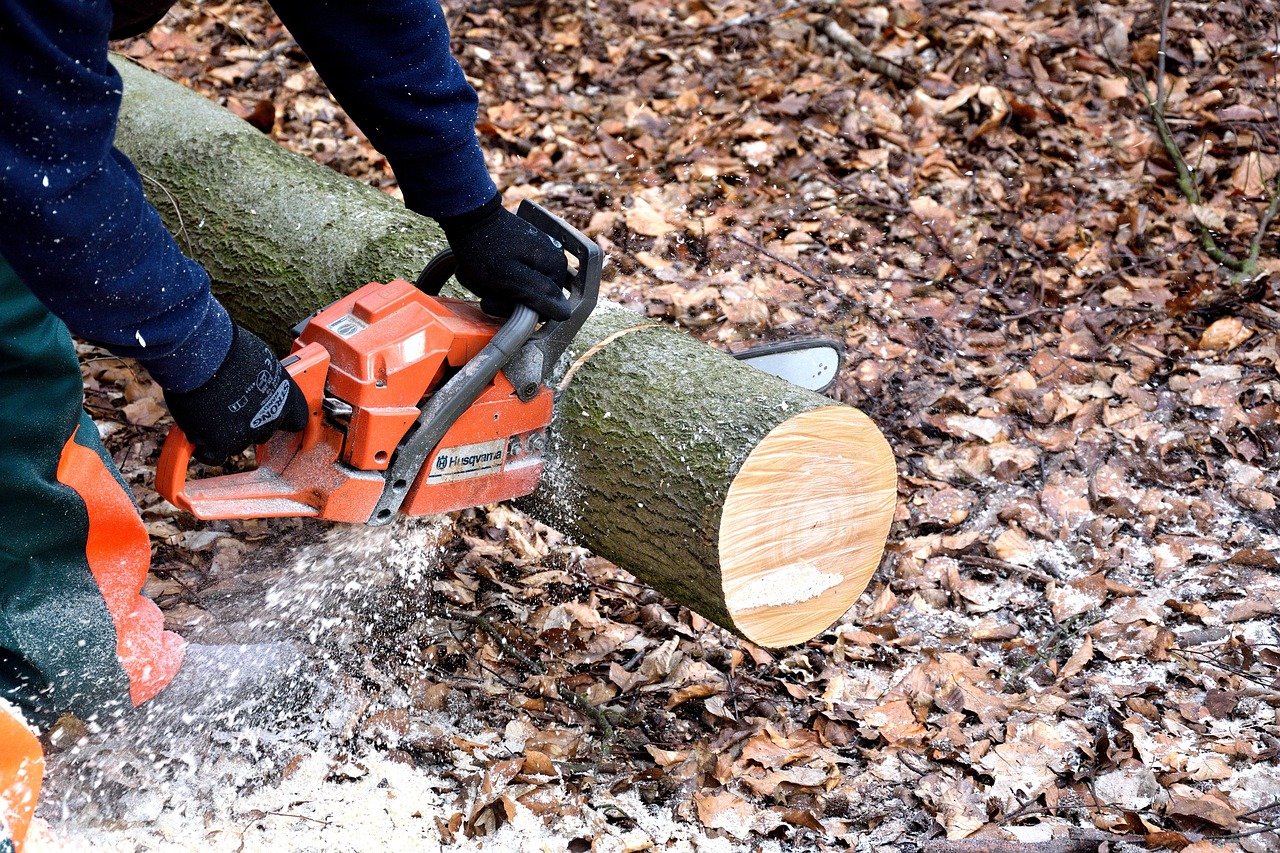why were chainsaws invented?
Introduction:
A chainsaw, or chain saw, is a portable saw that cuts with a set of teeth attached to a spinning chain operated along a guide bar. Tree felling, limbing, bucking, pruning, cutting firebreaks in wildfire suppression, and gathering firewood are just some of the many uses for today’s gasoline-, electric-, or battery-powered chainsaws.
A chainsaw (or chain saw) is a type of saw that makes cuts using a set of teeth on a spinning chain that is guided by a stationary bar. Trees are felled, limbs are removed, bucking and trimming are performed, firebreaks are cut during wildfire control, firewood is gathered, chainsaw art is created, chainsaw mills are utilised, concrete is shaped, and ice is broken with today’s chainsaws. Chainsaw ancestors were initially employed in the operating room, with the first patents on such devices appearing in the late 19th century.
From its early days as a surgical tool to its current widespread use in forestry and other industries, the history of the chainsaw is intriguing. The chainsaw’s evolution represents the human drive for efficiency and invention, stemming from the need for a tool that could revolutionize tasks ranging from surgery to timber harvesting.
The Beginning:
The first patent for a chainsaw-like device was filed in the late 18th century, marking the beginning of the chainsaw’s long and illustrious history. But its original use has little to do with tree-felling. To aid in bone-cutting during surgical procedures, orthopedic surgeon Dr. Bernard Heine created a miniature chainsaw-like piece of equipment in the 1830s. Though crude in comparison to modern equipment, it demonstrated the principle of a chain with cutting teeth.
Revolution in Forestry:
In the early 20th century, the forest industry began its transformation from a medical instrument. German engineer Andreas Stihl is credited with developing the first gas-powered chainsaw in 1929. Stihl’s invention revolutionized the timber business by providing a faster and more effective alternative to the time-consuming and labor-intensive practice of manually felling trees.
Stihl’s chainsaw was easier to transport and use because of its compact size and lightweight construction, as well as its internal combustion engine. This new innovation allowed workers to cut down trees more quickly and precisely than ever before, completely revolutionizing the forestry industry.
Changes since World War II:
Chainsaw development carried on even after WWII. Chainsaws quickly became essential for loggers around the world as the demand for wood for construction and other uses skyrocketed. Manufacturers also included anti-vibration and safety features, as well as automatic chain oiling systems.
The use of chainsaws expanded beyond its original forestry context. Construction workers began to use them frequently as a result of their efficiency in slicing through lumber and other building materials. When emergency services adopted the chainsaw for use in rescue missions and disaster response, it proved the tool’s adaptability.
Up-to-Date Chainsaws:
In the modern era, chainsaws come in a wide variety of styles and configurations, each optimized for a particular set of tasks. When compared to their gasoline-powered counterparts, electric chainsaws are much quieter and have a smaller carbon footprint. As a result of their portability and independence from an electrical outlet, battery-operated chainsaws have also grown in popularity.
The development of safer chainsaws has become a major focus in recent years. Chain brakes, kickback prevention, and ergonomic features strive to limit the danger of accidents and injuries, making chainsaws safer for both professionals and enthusiasts.
Conclusion:
It is a monument to human ingenuity that the chainsaw evolved from surgical equipment into a powerful tool used in forestry, construction, and emergency services. What was once a medical precision gadget is now a vital resource for creating new markets and advancing humankind. The invention of chainsaws stemmed from the need for efficiency in various industries, and it’s thrilling to think that, as technology develops, chainsaws will eventually undergo even more refinement and improvement.








